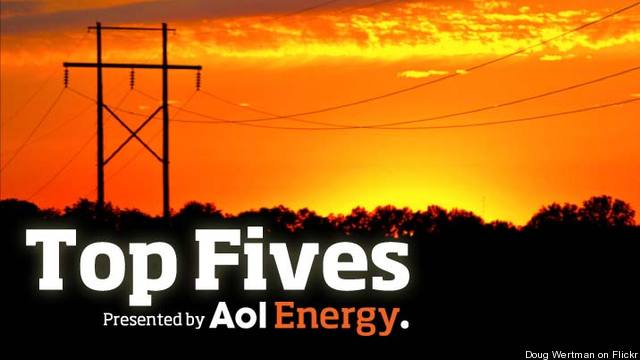
Economic conditions have not favored cleantech companies intending to launch Initial Public Offerings on Nasdaq this year. But those that have gone public, and those registered but still waiting in the wings, point to uncertainties in the clean energy industry.
An Ernst & Young’s report, Global IPO Trends 2011, showed that there were 150 companies in the US that had filed S1 forms for their initial public offering this year, the highest level since 2007, which would raise around $40 billion. Small high-tech and energy companies were behind this trend, it said. Keep reading →









